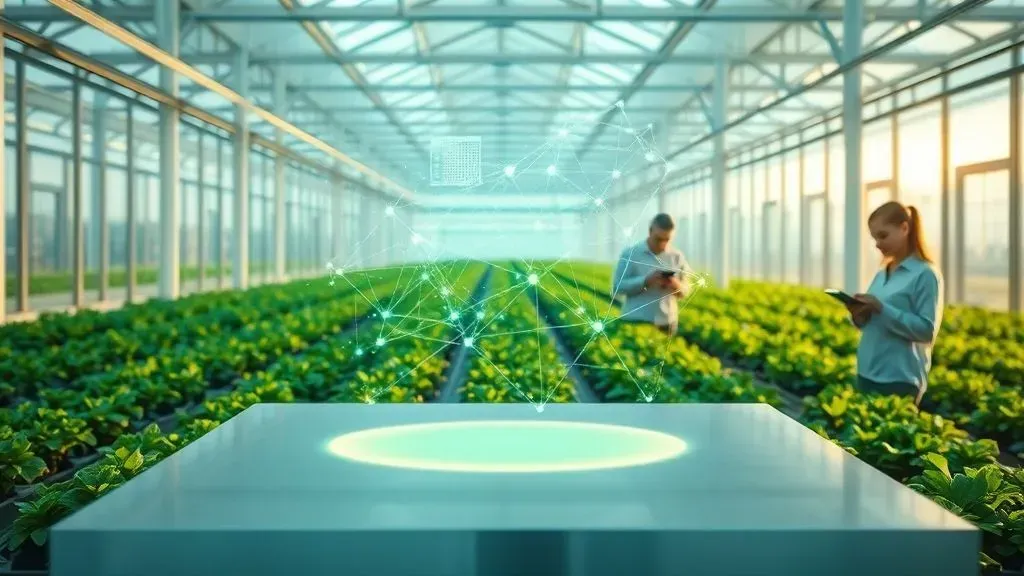Food fraud siphons up to $50 billion from the global food industry each year, posing serious risks to public health and economic stability.
Although blockchain has demonstrated potential in enhancing supply chain transparency, the path to effective deployment is complex and costly.
The Scope and Impact of Food Fraud
Food fraud involves deliberately deceiving consumers through mislabeling, adulteration, or substitution for economic gain.
Examples include melamine in Chinese milk, horsemeat labeled as beef in Europe, and olive oil diluted with cheaper oils.
The human toll can be devastating, exemplified by the 2008 melamine scandal in China that harmed over 300,000 infants.##Challenges in Combating Food Fraud##The global supply chain's complexity makes detecting and preventing fraud difficult. Fragmented data systems create
information islands,
limiting transparency.
As David Carvalho highlights, many companies' internal tracking lacks interoperability, enabling fraudulent products to move undetected.
Blockchain’s Role in Supply Chain Integrity
Blockchain can serve as an effective tool to combat these vulnerabilities by providing secure, transparent tracking of food products from farm to table.
It offers an immutable ledger that can verify product authenticity and storage conditions throughout the cold chain.
Barriers to Blockchain Adoption
Despite its potential, blockchain implementation faces significant barriers: high costs, scalability issues, interoperability challenges, privacy concerns, and regulatory uncertainty.
Temujin Louie notes that attempts at blockchain-based accountancy have experienced setbacks over a decade of efforts.
The Cost of Implementation
Deploying blockchain solutions involves substantial investments in infrastructure, stakeholder training, and regulatory compliance.
These costs can be prohibitive for small and medium-sized enterprises critical to the food supply chain.
Looking Ahead: Strategic Opportunities
While the obstacles are formidable, the benefits of blockchain—reduced food fraud, improved consumer trust, and minimized reputational damage—make it a vital component of future food safety strategies.
Collaboration among stakeholders will be essential to overcome financial and technical barriers.In conclusion, blockchain technology holds promise for transforming food supply chains by curbing fraud and enhancing transparency.
As industry players navigate high costs and technical hurdles, strategic investment and regulatory clarity will be key drivers toward more resilient food ecosystems.




